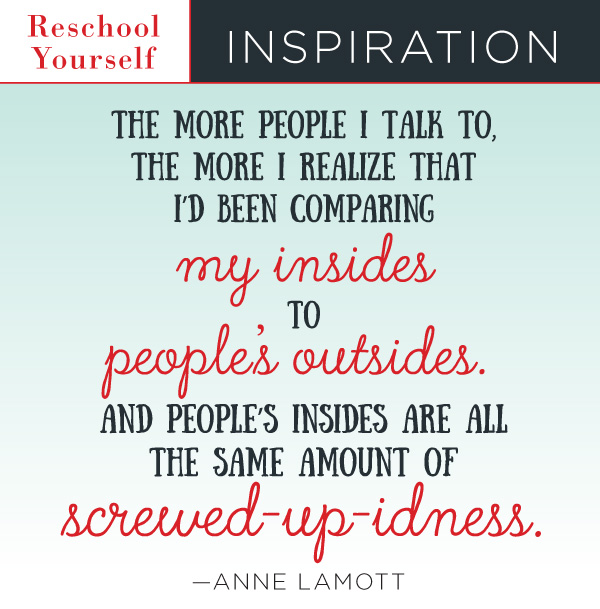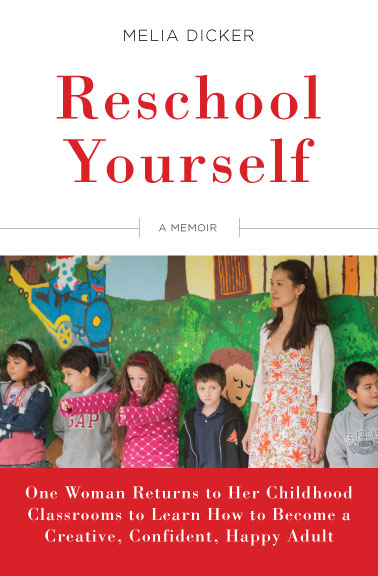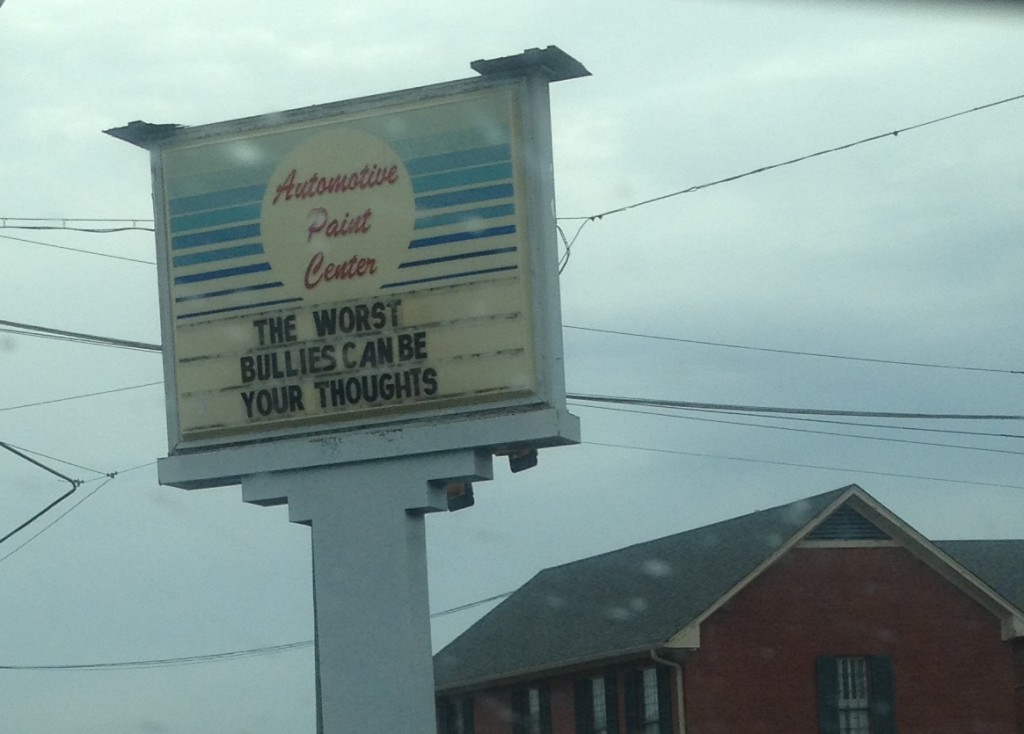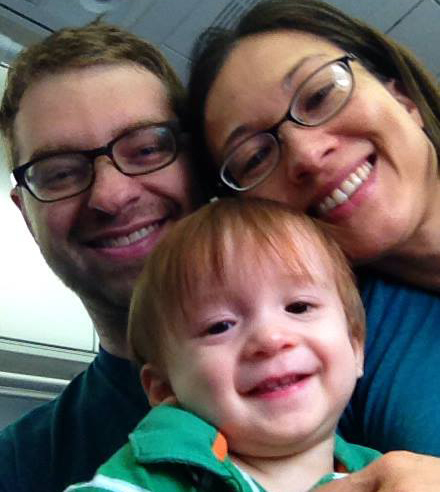Becoming a Real Writer
During my late twenties, I earned my living for two years as a freelance writer. For the next two years, I supplemented my modest nonprofit salary with copywriting, blogging, and writing for social media. Throughout this period, I was also starting to draft the manuscript for the Reschool Yourself book. And still, although I spent most of my waking hours writing and was being paid for my work, I felt a little pretentious telling people that I was a writer.
The next question that people would ask, out of genuine curiosity, was usually, “Oh! What do you write?” I’m sure it would have been more interesting for them to hear that I’d written a New York Times bestseller and was just about to embark on a nationwide book tour. Instead, I told them what it was that I really did: write feature stories for a few local magazines and newspapers, and marketing copy for small businesses. Although I may have let them down a little, at least I could chip away at the gilded mystique of The Writer.
One day I was struggling with a long-form narrative feature that I was writing for the Jackson Free Press. My husband was a freelance graphic designer at the time, and we both worked from home. I came over to his desk and said, “I don’t know why people think writing is so glamorous. It’s really hard.”
He said, “That’s why writers drink a lot.” Touché.
I’ve felt that I can’t call myself a “real” writer until my book has been picked up by a mainstream publisher and I become a household name. Well, that’s a bunch of nonsense.
I think you’re a real writer when you lift the romantic veil from writing and experience the real work of it. Most of us can’t retreat to wood-paneled studies or lakeside cabins to write for days at a time, for example. I’m lucky if I can squeeze in a couple of hours at night after my toddler goes to bed. I sit cross-legged on my living room couch with my laptop, drowning out the FX show my husband is watching by blaring Latin music through my headphones. It’s surely not what people picture when they think of a writer at work, but there it is.
Writing is a solitary and often tedious task. It takes discipline and persistence if you want to get anywhere with it. One of my favorite pieces of advice on writing comes from Richard Rhodes, in his book How to Write: Advice and Reflections:
I worked in the Hallmark public relations department for a man named Conrad Knickerbocker, the public relations manager, who had already begun publishing book reviews and fiction. After I got to know Knick a little, I asked him timidly how you become a writer. … He said, “Rhodes, you apply ass to chair.” I call that solid-gold advice the Knickerbocker Rule.
I think you become a real writer when you receive your first rejection notice — or when someone invites you to write a piece for publication, and you put every effort into writing it, and it never sees the light of day. This has happened to me twice, and both times I have been confounded by how editors can get a writer’s hopes up, have her do the work, and then reward her with radio silence. A friend of mine posted on Facebook that she knew she was a real writer when her e-book received its first bad review on Amazon.
A quick Google search brings up dozens of examples of famous writers who were rejected before they found success, some of whom were told that they had no talent for writing. James Joyce. Louisa May Alcott. William Faulkner. Twelve publishing houses rejected J.K. Rowling’s Harry Potter before one accepted it. Stephen King said in his memoir On Writing, “The nail in my wall would no longer support the weight of the rejection slips impaled upon it. I replaced the nail with a spike and kept on writing.” I will bet that all of these people were writers before anyone knew their names.
I once interviewed an artist who was beginning to garner a lot of attention for his work. He had been touring graduate schools and had recently visited one of the most renowned in the country. He told me, “A lot of those art school kids are caught up in being artists. They think that an artist is something you are, instead of art being something you do.”
In the same way, becoming a real writer is less about being a writer than about actually doing the writing.
These days, I don’t tell people that I’m a writer because I don’t need to; I have another full-time job. But I’m still doing the writing. Right now I’m reworking the second part of my book, because unlike the first part, it didn’t have a cohesive thread pulling the reader forward. I’m taking out the boring and irrelevant parts and replacing them with new scenes. It’s not glamorous, and it’s not romantic, but it’s real, and I’m pretty sure it makes me a real writer.
This post is part of the seven-day Your Turn Challenge hosted by Seth Godin’s team. Flickr photo by davidturnbull.









